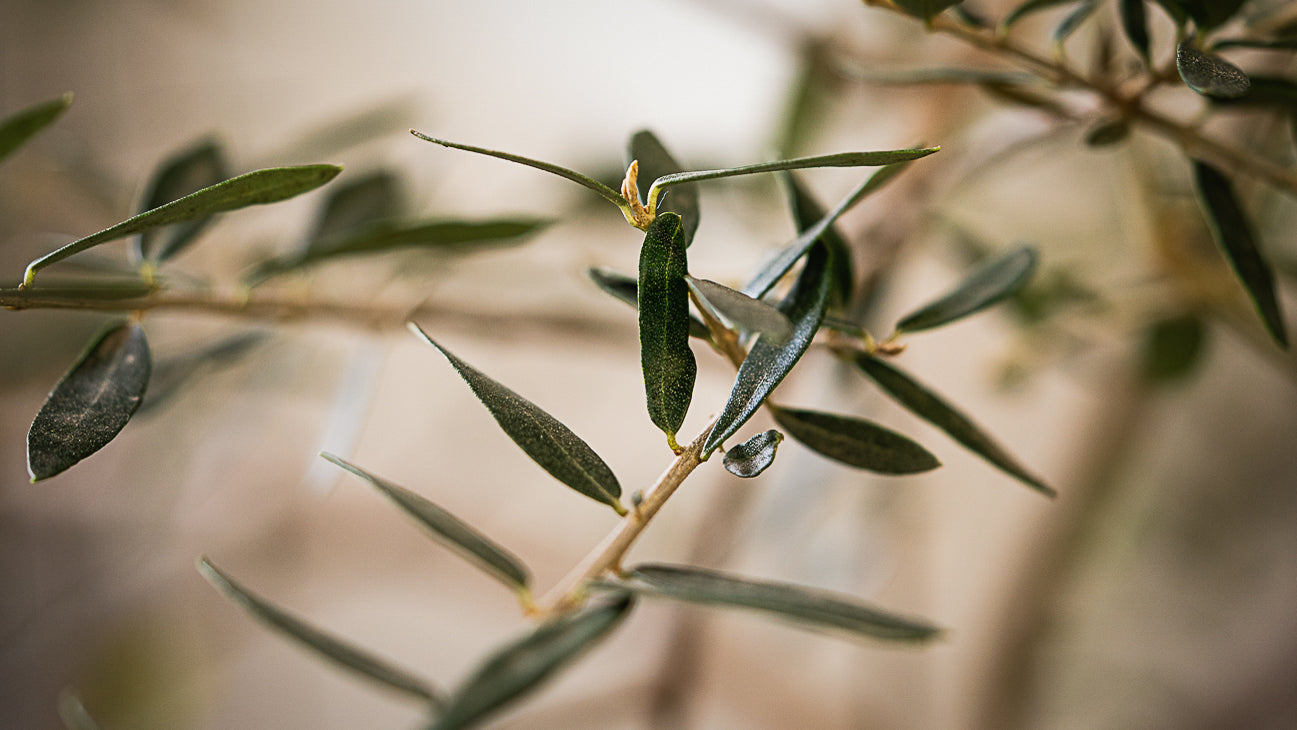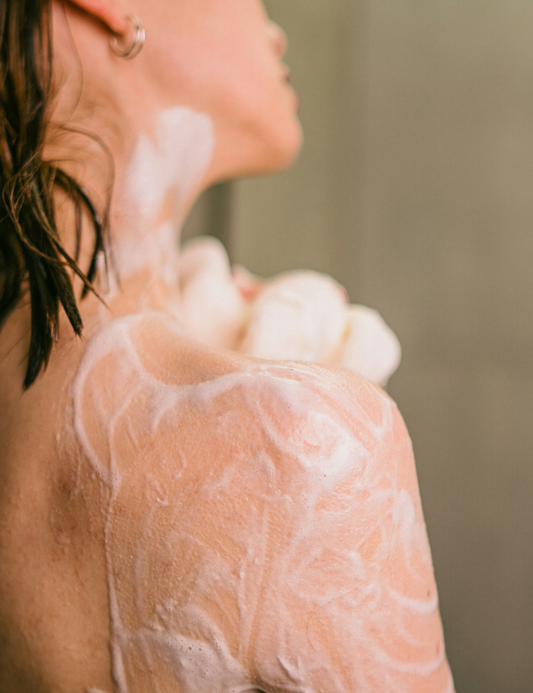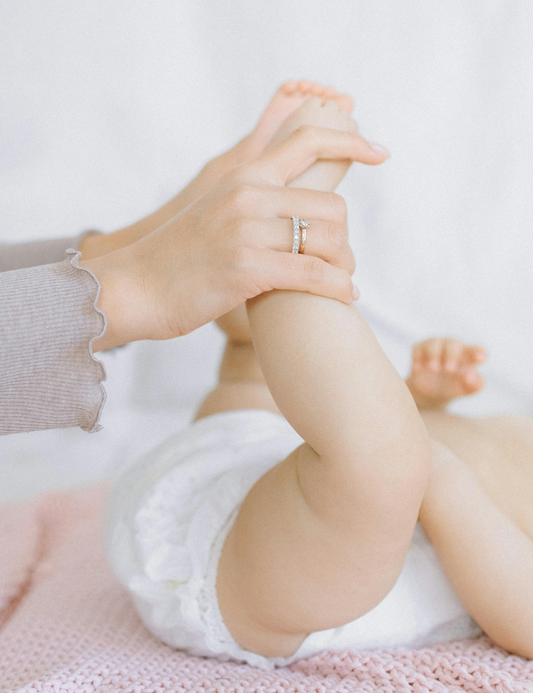Does sunscreen contain ingredients that are harmful to children?

This debate has been trending on social media for the past few weeks: what if instead of protecting skin, sunscreen was in fact harmful? The culprits: ingredients with names only experts can pronounce.
As sunscreen for children is part of the LOLO product range, its team felt compelled by the misinformation that sometimes prevails on social media.
Thus, here are a few simple answers for concerned parents.
Sunscreen Effectively Protects the Skin of Babies and Children
We all know how delicate young children’s and babies’ skin is. Quality sunscreen will protect it from harmful UV rays. It plays a crucial role, and applying it to our children’s skin is paramount to shield them from sunburn and the risk of skin cancer.
Some concerns arise when sunscreen causes burning or itching. It’s important to understand that not all sunscreens use the same ingredients and that skin types vary widely.
So, one person may react poorly to certain sunscreens, while another may have no issues at all.
This doesn’t mean that sunscreen is inherently bad; it simply means that the individual has sensitive skin that reacts quickly—or that there might be an allergenic ingredient in its formulation. These individuals should therefore choose a sunscreen that is gentler on the skin and ideally fragrance-free.
When in doubt, start by testing the product on a small part of the body, such as the inside of your arm. If there is no reaction, then apply to the rest of your body.
What Sun Protection Factor (SPF) for Children?
According to Health Canada, the minimum SPF recommended for children is 30. However, if you or your child has fair skin, an SPF of 45 or 60 would be advisable.
Ingredients to Watch Out For in Sunscreens
Scientists are starting to criticize certain ingredients. For instance, oxybenzone, parabens and octinoxate are being pointed out by many experts as ingredients to be avoided when choosing sunscreens.
These components may irritate young sensitive skin. Mineral filters like zinc oxide and titanium dioxide are preferred for being gentler, yet equally effective.
The solution: Choose a sunscreen with ingredients with well-known effects. Being informed is still the best way to protect yourself and your family.
Be Mindful of Age and Exposure Time, Experts Say.

Another important factor: experts recommend avoiding direct sun exposure for babies under 6 months old.
For older children, limit their time in the sun, even when they’re covered in sunscreen. Apply sunscreen to children generously every two hours, and don’t forget sensitive areas such as the nose and ears.
Sunburned ears can be really painful!
And What About Nature?
During summer, we go swimming in pools, lakes and rivers. Our sunscreen-covered bodies leave traces in the water. This is how certain ingredients—such as octinoxate, parabens and oxybenzone—can end up in the sea and disrupt marine ecosystems.
In fact, a study by Environmental Health Perspectives (French only) found that these ingredients are toxic to coral reefs, giving us more reasons to avoid using them.
Quality sunscreen is therefore essential for babies, children and the entire family. It protects delicate skin from the dangers of the sun.
Some skin types may react poorly to specific brands. When that occurs, try a different one. Some skin types are more sensitive than others and having different reactions is perfectly normal.
Don’t hesitate to ask a pediatrician for personalized advice about your children’s sun protection. They are the best advisors for your family.
And above all, remember to fully enjoy summer!
To find out more about the sunscreen controversy, read this CBC article.
To find out more about selecting the right sunscreen and applying it to your children, read this article from (French only) Naître et Grandir.

Try our sunscreen from the LOLO Olive Oil product range, designed for your babies’ and children’s delicate skin.
More products you might like:
- Olive Oil Gentle Hair & Body Wash








